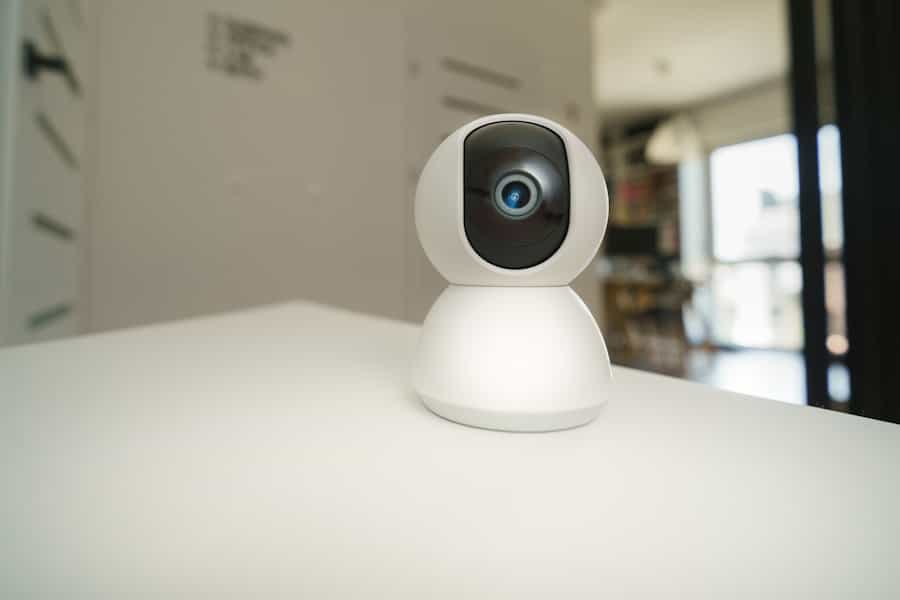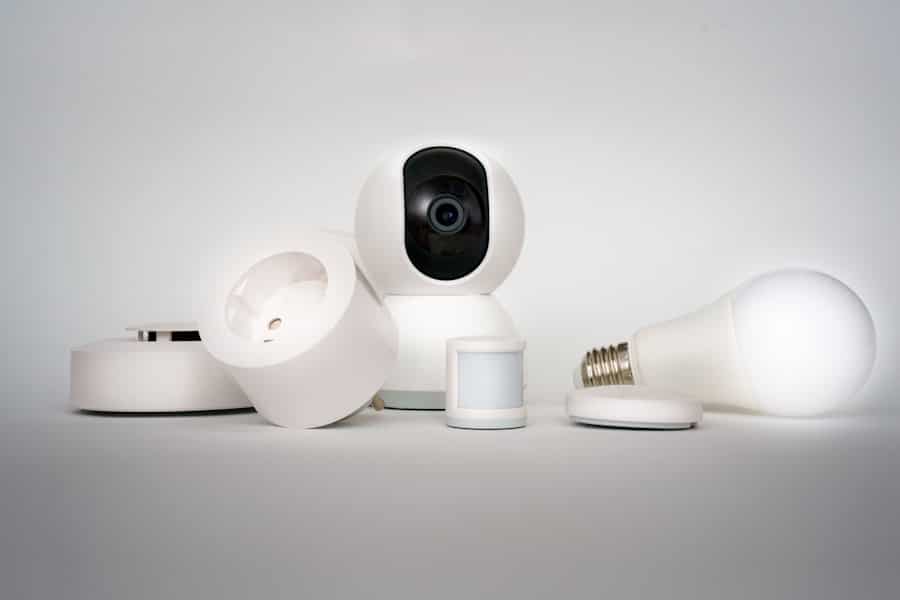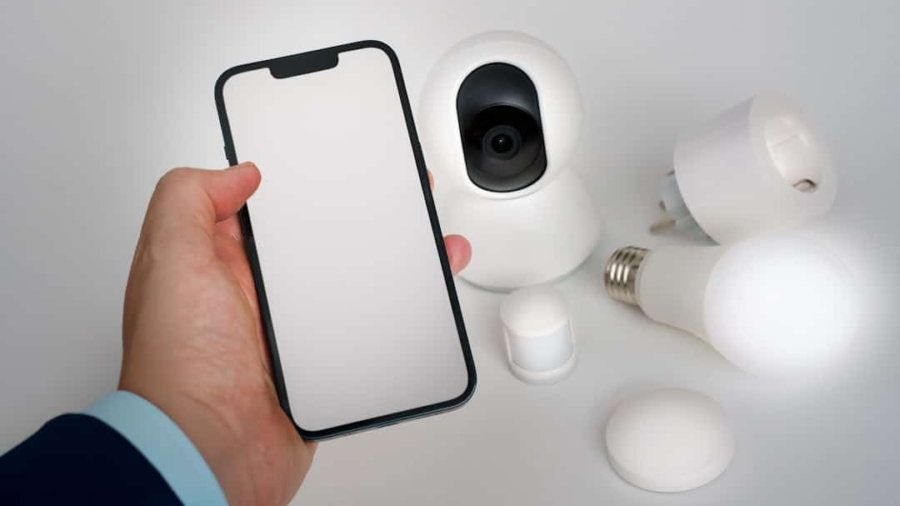Interoperability standards are crucial in the realm of home automation, serving as the backbone that enables various devices and systems to communicate seamlessly with one another. In a typical smart home environment, a multitude of devices—from smart thermostats and lighting systems to security cameras and voice assistants—must work together to create a cohesive user experience. Without established interoperability standards, these devices would operate in silos, leading to frustration for users who expect their smart home systems to function harmoniously.
The significance of these standards lies not only in enhancing user convenience but also in fostering innovation within the industry. When manufacturers adhere to common protocols, they can develop products that are compatible with a wider range of devices, ultimately driving competition and improving overall quality. Moreover, interoperability standards play a pivotal role in ensuring security and privacy within home automation systems.
As more devices connect to the internet and share data, the potential for vulnerabilities increases. Standards that dictate how devices communicate can help mitigate risks by establishing secure communication protocols and data encryption methods. For instance, the adoption of standards like Zigbee and Z-Wave has enabled secure mesh networking, allowing devices to communicate without exposing sensitive information.
This focus on security is paramount as consumers become increasingly aware of the risks associated with connected devices, making interoperability standards not just a technical necessity but also a critical factor in consumer trust and adoption.
Key Takeaways
- Interoperability standards are crucial for seamless integration of various home automation devices and systems.
- Current challenges in interoperability standards include lack of uniformity, compatibility issues, and proprietary protocols.
- IoT plays a significant role in shaping the future of interoperability standards by enabling connected devices to communicate and work together effectively.
- Emerging technologies such as blockchain and edge computing are expected to contribute to the advancement of interoperability standards in home automation.
- Artificial intelligence is poised to have a profound impact on interoperability standards by enabling intelligent decision-making and automation in home automation systems.
Current Challenges in Interoperability Standards
Despite the clear benefits of interoperability standards, several challenges persist that hinder their widespread adoption in home automation. One of the primary obstacles is the fragmentation of standards across different manufacturers and platforms. With numerous companies developing their own proprietary protocols, consumers often find themselves locked into specific ecosystems.
For example, a smart light bulb from one manufacturer may not be compatible with a smart hub from another brand, forcing users to choose between convenience and functionality. This fragmentation not only complicates the user experience but also stifles innovation, as developers may hesitate to create new products that could be incompatible with existing systems. Another significant challenge is the rapid pace of technological advancement in the home automation sector.
As new devices and technologies emerge, existing standards may quickly become outdated or insufficient to address evolving consumer needs. For instance, the rise of voice-activated assistants has introduced new complexities in how devices interact with one another. While some standards have adapted to include voice control capabilities, others have lagged behind, creating inconsistencies in user experience.
Additionally, the lack of a unified governing body to oversee the development and implementation of interoperability standards further complicates matters. Without a centralized authority to establish guidelines and promote collaboration among manufacturers, achieving true interoperability remains an uphill battle.
The Role of IoT in Shaping the Future of Interoperability Standards

The Internet of Things (IoT) is fundamentally transforming the landscape of home automation and is poised to play a significant role in shaping future interoperability standards. As more devices become interconnected through the IoT, the demand for seamless communication between these devices will only increase. IoT technologies enable devices to collect and share data in real-time, creating opportunities for enhanced automation and smarter decision-making.
For instance, a smart thermostat can learn a homeowner’s preferences over time and adjust heating or cooling settings accordingly, but this requires effective communication with other devices such as smart sensors and HVAC systems. Furthermore, IoT platforms are increasingly being developed with interoperability in mind. Companies are recognizing that consumers desire flexibility and compatibility across their smart home devices.
Initiatives like Matter—a unified connectivity standard backed by major industry players—aim to simplify device integration by providing a common framework for communication. By leveraging IoT technologies and promoting open standards, manufacturers can create ecosystems where devices from different brands work together seamlessly, enhancing user experience and driving broader adoption of smart home technologies.
Emerging Technologies and Interoperability Standards
Emerging technologies are continuously influencing the development of interoperability standards in home automation. One notable example is the rise of edge computing, which allows data processing to occur closer to the source rather than relying solely on cloud-based solutions. This shift can enhance device responsiveness and reduce latency, making real-time interactions between smart home devices more efficient.
As edge computing becomes more prevalent, interoperability standards will need to evolve to accommodate decentralized architectures that facilitate local processing while maintaining compatibility with cloud services. Another technology making waves in this space is blockchain. While primarily associated with cryptocurrencies, blockchain’s decentralized nature offers intriguing possibilities for enhancing security and trust in device communication.
By utilizing blockchain technology, manufacturers could create tamper-proof records of device interactions, ensuring data integrity and authenticity. This could be particularly beneficial in scenarios where security is paramount, such as in smart home security systems or health monitoring devices. As these emerging technologies gain traction, they will undoubtedly influence the development of new interoperability standards that prioritize security, efficiency, and user experience.
The Impact of Artificial Intelligence on Interoperability Standards
Artificial Intelligence (AI) is set to revolutionize home automation by enabling smarter decision-making processes and enhancing device interactions. AI algorithms can analyze vast amounts of data generated by interconnected devices, allowing for predictive analytics that optimize energy usage or improve security measures. However, for AI to function effectively within a home automation ecosystem, robust interoperability standards are essential.
These standards must facilitate seamless data exchange between devices while ensuring that AI systems can interpret and act upon this data accurately. Moreover, AI can play a role in developing adaptive interoperability standards that evolve based on user behavior and preferences. For instance, machine learning algorithms could analyze how users interact with their smart home devices over time and suggest adjustments to improve efficiency or convenience.
This dynamic approach to interoperability could lead to more personalized experiences for users while also encouraging manufacturers to adopt flexible standards that can adapt to changing consumer needs. As AI continues to advance, its integration into interoperability standards will be crucial for creating intelligent home automation systems that respond intuitively to user demands.
The Role of Industry Collaboration in Advancing Interoperability Standards

Industry collaboration is vital for advancing interoperability standards in home automation. With numerous stakeholders involved—from device manufacturers and software developers to service providers—cooperation is essential for establishing common protocols that benefit all parties involved. Collaborative initiatives like the Connectivity Standards Alliance (CSA), which oversees the development of Matter, exemplify how industry players can come together to create unified standards that promote compatibility across diverse ecosystems.
Such collaboration not only streamlines the development process but also fosters innovation by encouraging knowledge sharing among companies.
This collaborative spirit can lead to breakthroughs that might not be possible within isolated silos.
Furthermore, as consumers increasingly demand interoperable solutions, industry collaboration becomes a strategic imperative for companies looking to remain competitive in the rapidly evolving home automation market.
Regulatory Considerations for Interoperability Standards
As home automation continues to grow in popularity, regulatory considerations surrounding interoperability standards are becoming increasingly important. Governments and regulatory bodies are beginning to recognize the need for frameworks that ensure consumer protection while promoting innovation within the industry. For instance, regulations may be established to mandate minimum security requirements for connected devices or to ensure that consumers have access to clear information about device compatibility.
Additionally, regulatory bodies may play a role in facilitating collaboration among industry stakeholders by providing guidelines for standard development processes. By establishing clear expectations for interoperability standards, regulators can help create an environment where manufacturers are incentivized to prioritize compatibility and security in their product designs. However, striking a balance between regulation and innovation is crucial; overly stringent regulations could stifle creativity and slow down technological advancements in the home automation sector.
The Future Outlook for Interoperability Standards in Home Automation
The future outlook for interoperability standards in home automation appears promising as industry stakeholders increasingly recognize their importance in creating seamless user experiences. With initiatives like Matter gaining traction and major players committing to open standards, consumers can expect greater compatibility among devices from different manufacturers. This shift will likely lead to an expansion of smart home ecosystems where users can mix and match products without worrying about compatibility issues.
Moreover, as emerging technologies such as AI and edge computing continue to evolve, they will drive further advancements in interoperability standards. These technologies will enable more intelligent interactions between devices while enhancing security measures through decentralized architectures or blockchain solutions. As consumers become more educated about their options and demand greater flexibility from their smart home systems, manufacturers will be compelled to prioritize interoperability as a key differentiator in their product offerings.
In a recent article from How-To Geek, the importance of interoperability standards in home automation is further emphasized. As technology continues to advance, it is crucial for different devices and systems to be able to communicate effectively with each other in order to create a seamless and efficient smart home experience. This article delves into the challenges and benefits of implementing interoperability standards in the rapidly growing home automation industry.
FAQs
What are interoperability standards in home automation?
Interoperability standards in home automation refer to the set of guidelines and protocols that enable different smart devices and systems to communicate and work together seamlessly within a home environment.
Why are interoperability standards important in home automation?
Interoperability standards are important in home automation because they ensure that different devices from various manufacturers can work together, allowing for a more cohesive and integrated smart home experience for the user.
What is the current state of interoperability standards in home automation?
The current state of interoperability standards in home automation is fragmented, with different manufacturers using proprietary protocols and standards, leading to compatibility issues and limited interoperability between devices.
What is the future of interoperability standards in home automation?
The future of interoperability standards in home automation is moving towards more open and universal protocols, such as Zigbee, Z-Wave, and Thread, which will enable greater compatibility and seamless integration between smart devices and systems.
How will improved interoperability standards benefit consumers?
Improved interoperability standards will benefit consumers by providing them with more flexibility in choosing smart devices for their homes, as well as ensuring that these devices can work together seamlessly, leading to a more convenient and efficient smart home experience.

